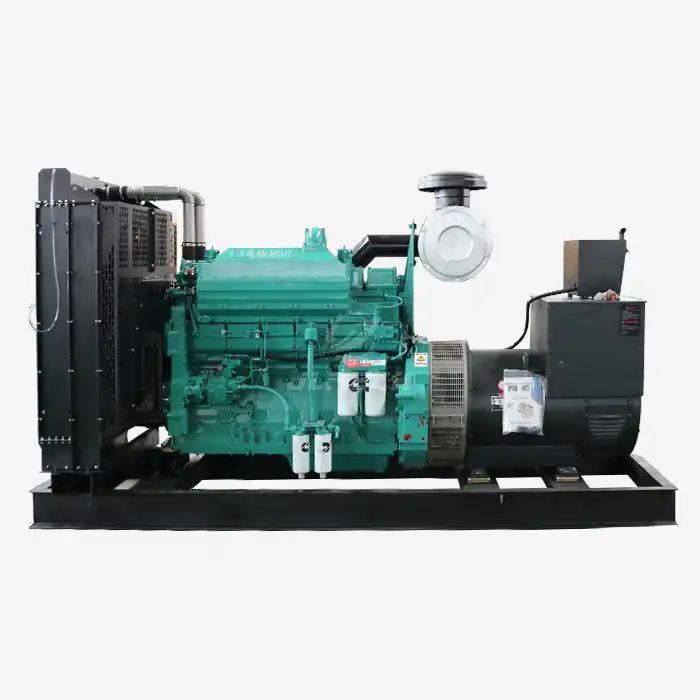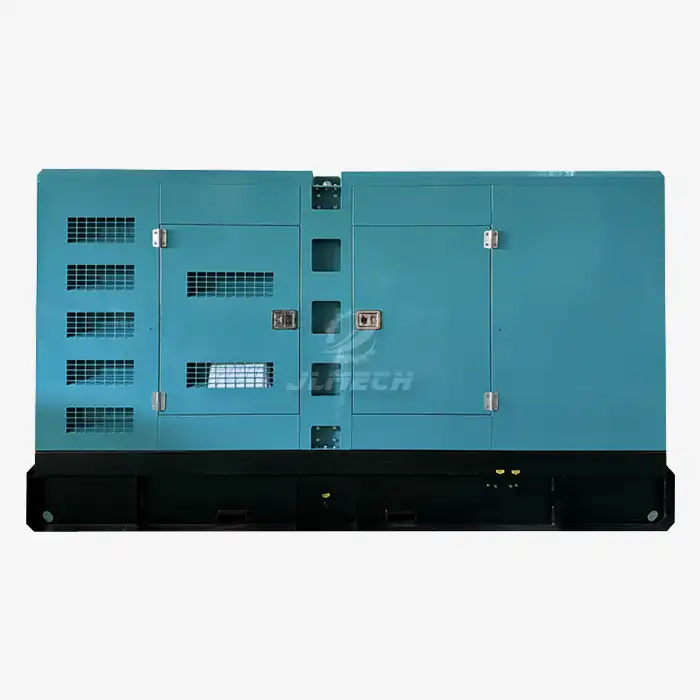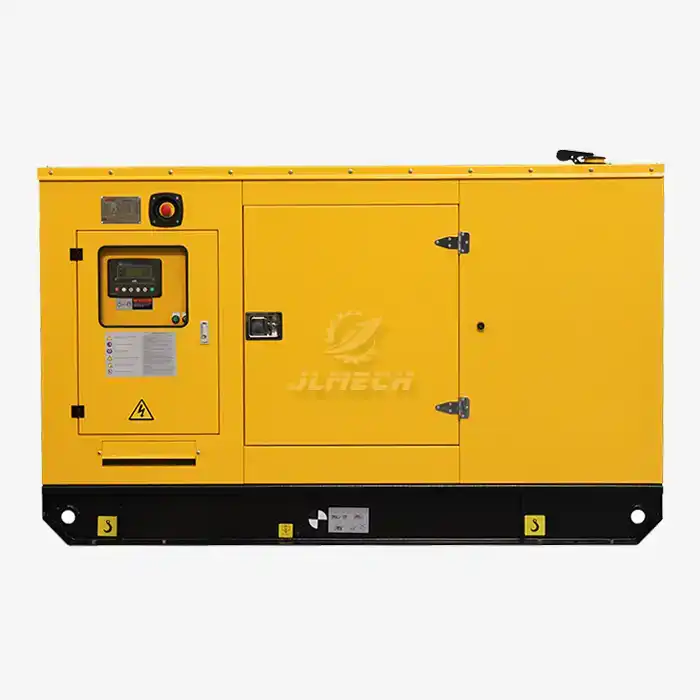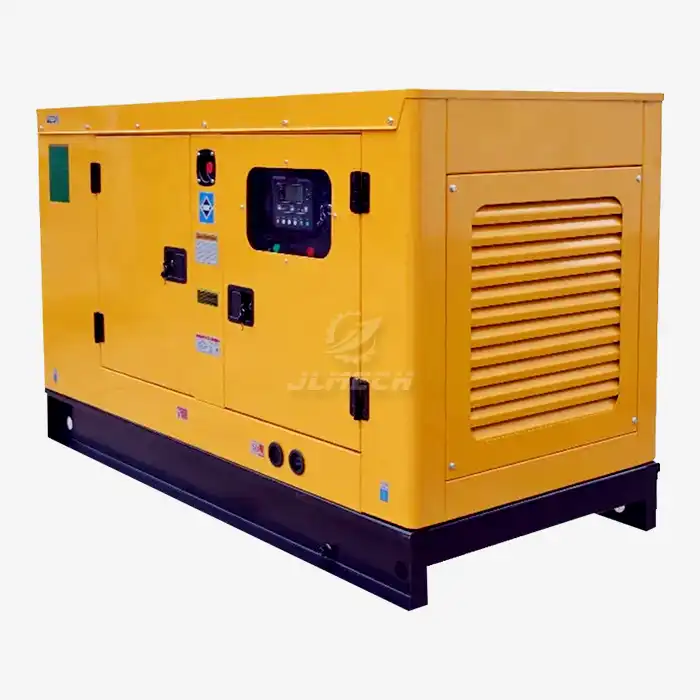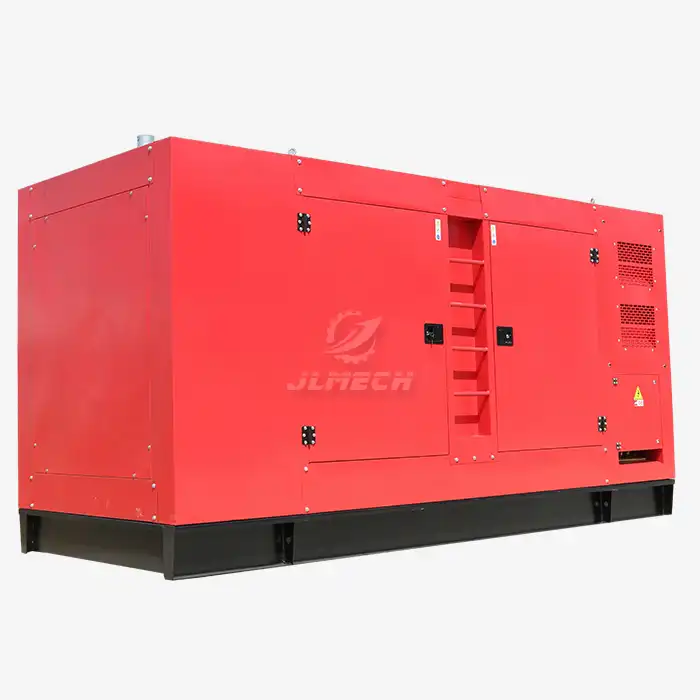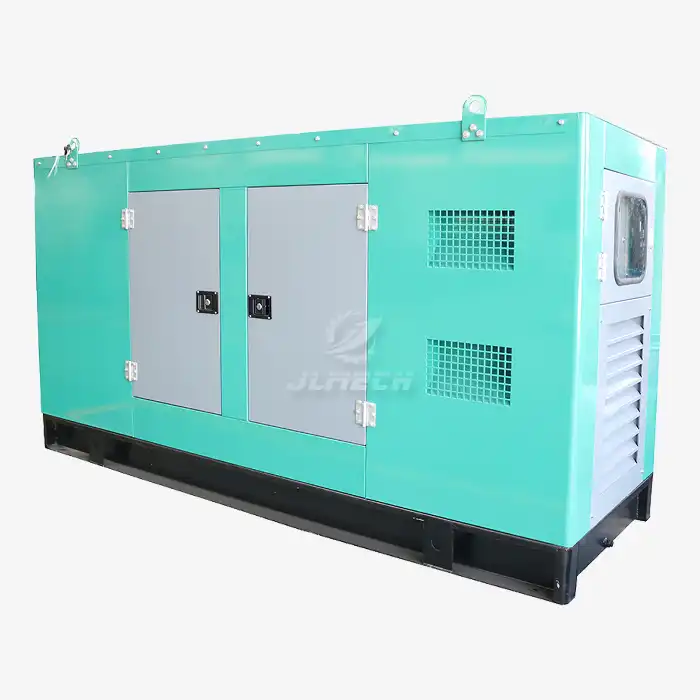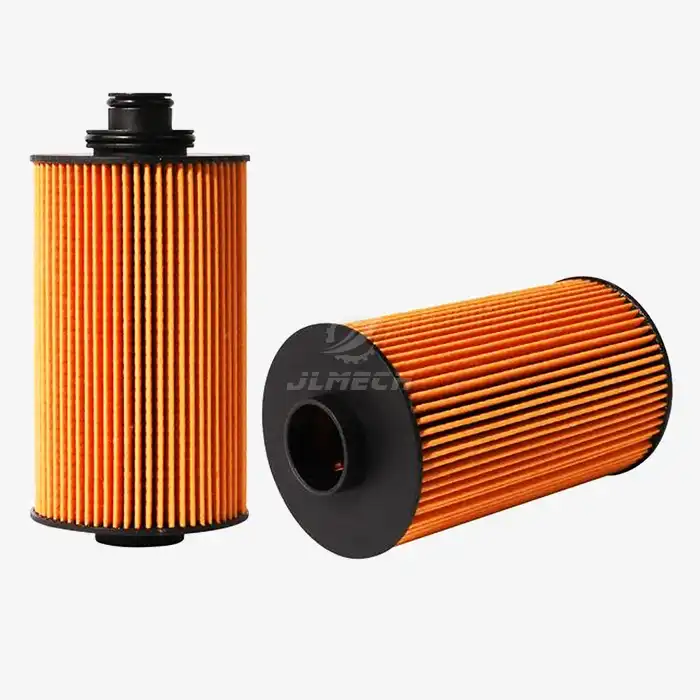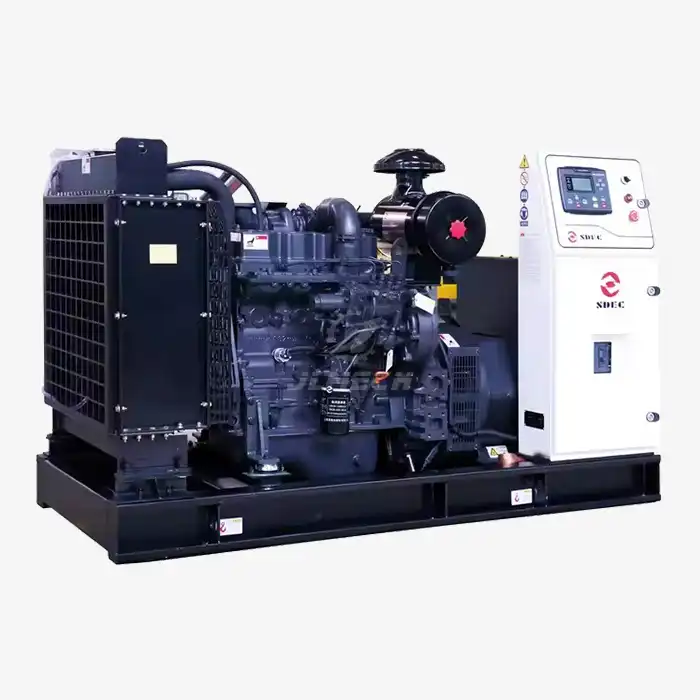Protective relays: Types used in diesel generators
Big diesel generators are the robust heartbeats of critical backup power systems, supporting industries from hospitals to data centers. Ensuring their reliable and safe operation isn't just desirable; it's imperative. Protection relays stand as the vigilant guardians of these significant investments, continuously monitoring electrical parameters and acting decisively to isolate faults before catastrophic damage occurs. Without these sophisticated sentinels, even a minor electrical anomaly could escalate into costly generator failure, prolonged downtime, and potential safety hazards. Protection relays are the indispensable nervous system safeguarding the operation and longevity of your prime power assets.
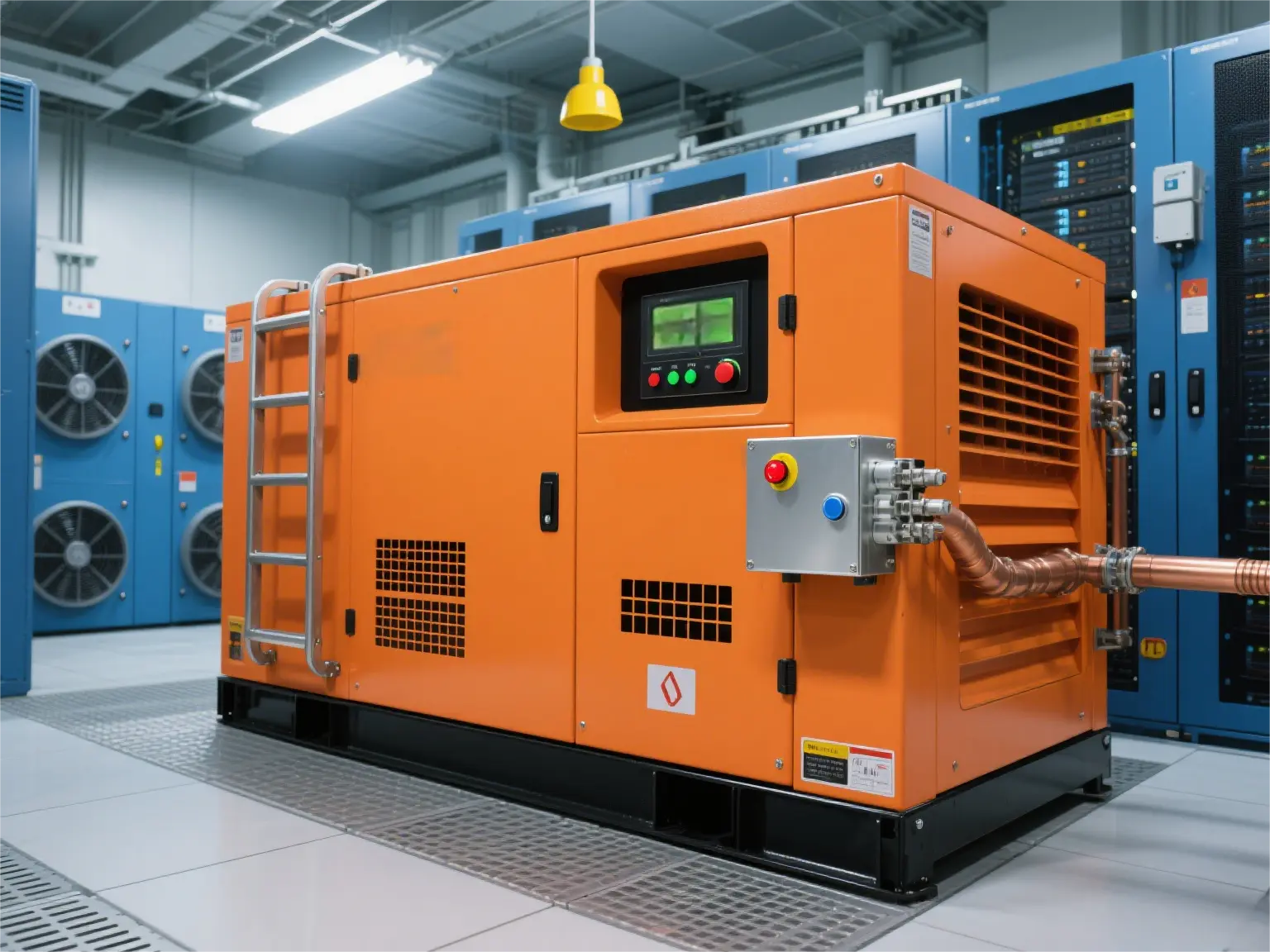
The Indispensable Role of Protection Relays
Protection relays perform a mission-critical function: they act as the first and most crucial line of defense for your generator and connected equipment. Their primary objective is to detect abnormal operating conditions – such as overloads, short circuits, under/over voltage, under/over frequency, loss of excitation, reverse power flow, and ground faults – within milliseconds. Upon detecting such a fault, the relay sends a trip signal to the circuit breaker, swiftly isolating the generator from the load or the fault source. This rapid disconnection prevents:
Catastrophic Equipment Damage: Severe faults can physically destroy windings, bearings, and other core generator components.
Extended Downtime: Preventing major damage minimizes repair time and cost.
Safety Hazards: Electrical faults can create fire risks and endanger personnel.
Cascading System Failures: A fault on one generator could potentially destabilize an entire paralleled system or damage connected sensitive loads.
For a big diesel generator, representing a substantial capital investment and often supporting essential operations, the role of protection relays transcends mere functionality; it becomes fundamental to operational security and financial prudence.
Essential Protection Relay Types for Diesel Generators
A comprehensive protection scheme for a large diesel generator typically employs several relay types, each designed to detect specific threats:
Overcurrent Relay : The fundamental protection against excessive current flow caused by short circuits or severe overloads. Inverse-time characteristics are common, tripping faster for higher currents.
Differential Relay: Provides the most sensitive protection for the generator stator windings. It compares current entering and leaving the generator; any significant imbalance indicates an internal fault and causes immediate tripping.
Ground Fault Relay (51N/67N): Detects faults between a generator phase conductor and ground. Sensitive settings are crucial, especially for high-resistance grounded systems common in industrial applications.
Under/Overvoltage Relay (27/59): Protects connected loads and the generator itself from damage due to voltage levels outside acceptable tolerances. Prevents motor stalling (undervoltage) or insulation stress (overvoltage).
Under/Overfrequency Relay (81O/81U): Safeguards against speed deviations caused by prime mover issues or severe load imbalances. Critical for preventing damage to frequency-sensitive loads and maintaining system stability, particularly in islanded operation.
Reverse Power Relay (32): Essential for preventing a generator from motoring (acting as a motor) if the prime mover (diesel engine) fails while the generator is still connected to an active bus. This protects the engine from damage.
Loss of Excitation (Field Failure) Relay (40): Detects a failure in the generator's DC excitation system. Without excitation, the generator loses synchronism and can overheat rapidly.
Synchronism Check Relay (25): Used when paralleling generators or connecting to a utility grid, ensuring voltage, frequency, and phase angle are sufficiently matched before closing the breaker to prevent damaging out-of-synchronism closure.
Negative Sequence Relay (46): Protects the generator rotor from overheating caused by unbalanced phase currents (e.g., single-phase faults), which induce damaging double-frequency currents in the rotor body.
Thermal Overload Relay (49): Models the generator's thermal capacity based on measured current, providing overload protection that mirrors the heating characteristics of the stator windings more accurately than simple overcurrent relays.
Selecting the Optimal Protection Relay System
Choosing the right protection scheme for your big diesel generator requires careful consideration of several critical factors:
Generator Specifications: Size (kVA/MVA), voltage rating, winding configuration (e.g., wye or delta), grounding method (solid, low-resistance, high-resistance), and excitation type are fundamental determinants of protection needs.
Application & Criticality: Is the generator for prime power, continuous standby, or emergency backup? What are the consequences of an outage? Mission-critical applications demand more comprehensive and often redundant protection.
Load Characteristics: The nature of the connected loads (motor starting inrush, harmonics, sensitivity to voltage/frequency variations) influences relay settings and selection (e.g., need for voltage restraint on overcurrent relays).
System Configuration: Is the generator operating standalone (island mode), paralleled with other generators, or designed for utility paralleling/export? Paralleling requires specific relays like reverse power and synchronism check.
Control System Integration: Modern microprocessor-based relays offer extensive communication capabilities (Modbus, IEC 61850). Ensure compatibility with existing SCADA, PLC, or DCS systems for remote monitoring, control, and data logging.
Relay Technology: Electromechanical relays are robust but less flexible. Digital/Numercial (Microprocessor) relays offer superior functionality, programmability, self-diagnostics, event recording, communication, and often integrate multiple protection functions into a single device, simplifying wiring and panel space. They are the standard for new installations, especially for complex diesel generator setups.
Regulatory Compliance & Standards: Adherence to relevant national and international standards (e.g., IEEE C37.102, IEC 60255, NFPA 110 for emergency systems) is mandatory. Local utility interconnection requirements may also dictate specific protection schemes.
Budget & Lifecycle Costs: While initial cost is a factor, consider the long-term value of advanced features (diagnostics, reduced wiring, easier setting changes) and potential savings from preventing downtime. Redundancy may be justified for critical applications.
Protection Relay Application in Action: A Case Study
Scenario: A large regional data center relies on multiple 2 MVA diesel generators for backup power during utility outages. The generators are configured for parallel operation to share the massive IT load.
Challenge: Ensuring seamless transition to backup power and maintaining stable, fault-free operation of the generator farm is critical. A fault on one generator must not cascade to others or disrupt the critical load. High-speed, coordinated protection is essential.
Solution: Each generator is equipped with a comprehensive digital protection relay suite including:
* Generator Differential (87G) for stator winding protection.
* High-set Instantaneous Overcurrent (50) for severe short circuits.
* Time-Overcurrent (51V - Voltage Restrained) for overloads, accounting for voltage dips during motor starting.
* Ground Fault (51N) with sensitive settings for the high-resistance grounded system.
* Loss of Field (40) and Reverse Power (32) protection.
* Under/Over Voltage (27/59) and Under/Over Frequency (81O/U) relays.
* A Multifunction Metering Relay providing synchroscope functions (25) for paralleling and comprehensive power quality monitoring.
Outcome: During a significant utility fault, the system transferred flawlessly to generator power. Several months later, a developing insulation fault within one generator stator was detected as a minor differential current imbalance by the 87G relay during routine testing, triggering an alarm before a catastrophic failure occurred. This allowed for scheduled, controlled maintenance, preventing unexpected downtime and potential damage to the expensive generator. The coordinated protection ensured the faulty unit was isolated while the remaining generators continued to support the critical data center load without interruption.
Ensuring Reliability: Proper Use and Maintenance of Protection Relays
Installing sophisticated relays is only the first step; consistent maintenance and correct operation are vital for sustained reliability:
Commissioning & Calibration: Relays must be meticulously commissioned by qualified technicians according to the manufacturer's instructions and design specifications. This includes verifying wiring, applying secondary injection testing to simulate faults and confirm accurate operation and trip times, and setting the relay parameters correctly. Initial calibration is critical.
Regular Testing & Inspection: Implement a scheduled maintenance program. This typically involves:
Visual Inspections: Checking for physical damage, loose connections, signs of overheating, or environmental contamination.
Functional Tests (Secondary Injection): Periodically (annually or per manufacturer/reliability program) inject simulated current and voltage signals into the relay to verify it detects faults correctly, operates within specified time limits, and sends the proper trip signals. This tests the relay's internal logic and output circuits without disturbing the primary system.
Settings Verification: Ensure settings haven't drifted or been inadvertently changed. Document all settings meticulously.
Event Analysis: Modern digital relays record detailed event reports (oscillography and sequence of events) during faults or alarms. Analyzing these records is crucial for understanding event root causes, verifying relay performance, and refining protection schemes.
Software/Firmware Management: Keep relay firmware up to date to benefit from bug fixes and potential enhancements, following the manufacturer's recommendations and procedures.
Environmental Considerations: Ensure relays operate within specified temperature, humidity, and cleanliness ranges. Protect against dust, moisture, and corrosive atmospheres. Proper ventilation in relay panels is essential.
Personnel Training: Ensure operations and maintenance staff understand the function of the protection system, how to interpret alarms and indications, and the basic procedures for responding to relay operations or conducting safety checks.
Spare Parts Strategy: Maintain critical spare parts, especially for older electromechanical relays or critical digital relay modules, to minimize downtime in case of failure.
Conclusion: Securing Your Power Investment with Expertise
Protection relays are not merely accessories; they are the sophisticated, essential shield safeguarding your valuable big diesel generator investment from potentially devastating electrical faults. From fundamental overcurrent and ground fault protection to specialized functions like differential, reverse power, and loss of excitation, a well-designed relay scheme tailored to your specific generator and application is paramount for ensuring operational safety, maximizing equipment lifespan, and preventing costly, disruptive downtime. Selecting the appropriate relay technology, configuring it correctly, and committing to a disciplined maintenance regimen are non-negotiable aspects of responsible generator ownership.
Partner with JLMECH for Unmatched Generator Protection Solutions
At JLMECH, we possess deep-rooted expertise in comprehensive power generation solutions. We understand the critical importance of robust protection for large diesel generators and the complex systems they support. Our commitment extends beyond supplying reliable generators; we are dedicated to ensuring your entire power system operates safely, efficiently, and with maximum resilience.
Our expert team doesn't just sell generators; we provide solutions. We can guide you in selecting the optimal generator for your needs and, crucially, design and specify the most effective protection relay scheme tailored to your specific operational requirements and risk profile. We offer expert advice on installation, commissioning, and ongoing maintenance best practices for your protection systems.
Don't leave the safety and reliability of your critical power infrastructure to chance. Contact JLMECH today. Let our specialists help you implement the advanced protection your big diesel generator demands.
Take the Next Step Towards Secure Power:
Email our expert team: skala@whjlmech.com
Discuss your specific requirements: Let us understand your unique power challenges.
Discover tailored solutions: Explore our custom-engineered generators and integrated protection systems designed for unparalleled reliability.
Secure your operations. Ensure your investment. Contact JLMECH now.
References
1.Anderson, P. M. (2022). Protection of Synchronous Generators (3rd ed.). Wiley-IEEE Press.
(Covers generator differential protection, loss of excitation, and relay coordination)
2.IEEE Power & Energy Society. (2019). *IEEE Std C37.102-2020: IEEE Guide for AC Generator Protection*. IEEE.
(Directly referenced standard for generator relay schemes)
3.Horowitz, S. H., & Phadke, A. G. (2014). Power System Relaying (4th ed.). Wiley.
(Foundation for overcurrent, differential, and frequency relay principles)



